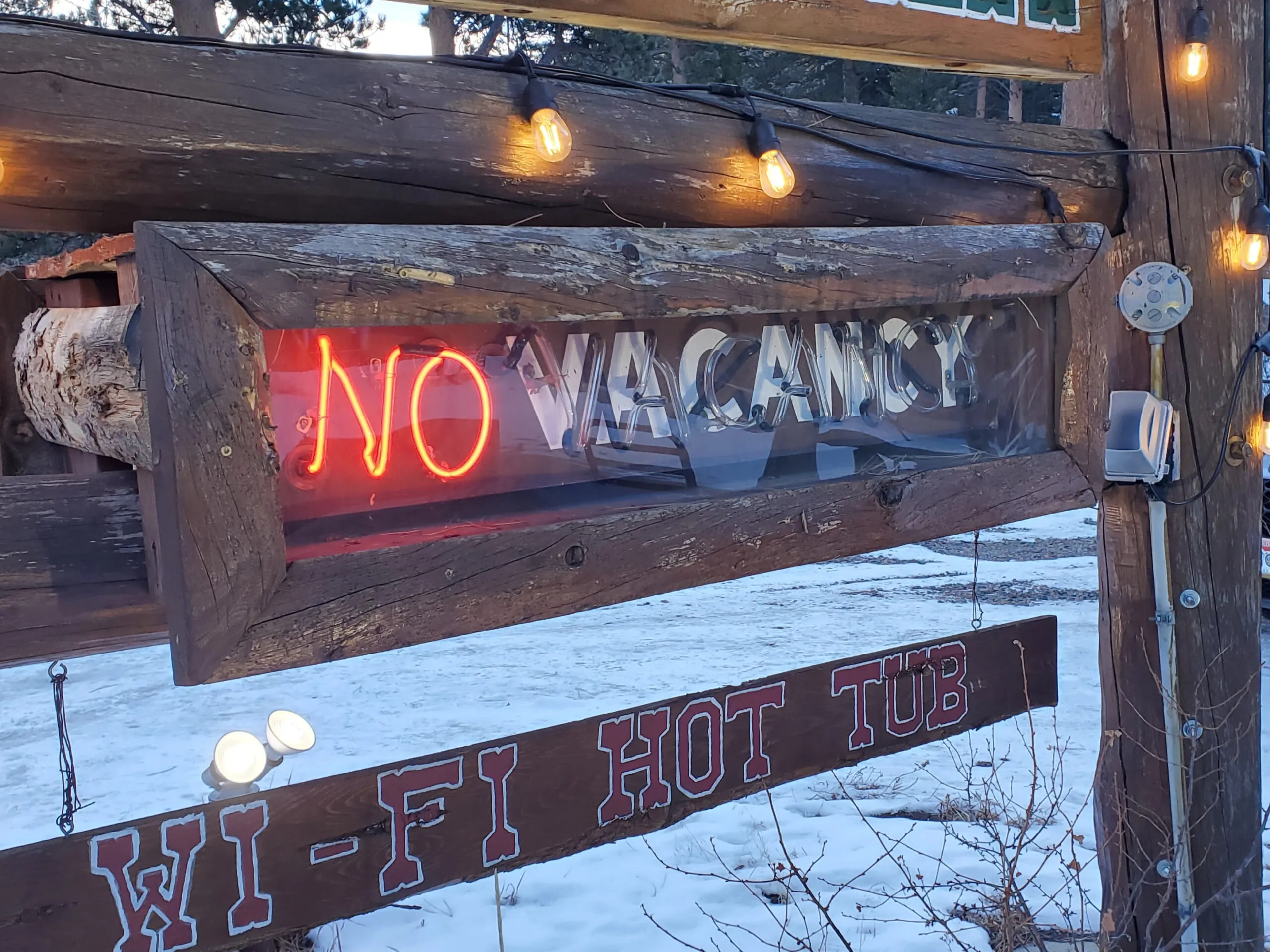CU professor Zoya Popovic helps develop innovative thermometer

BOULDER — To develop a noninvasive internal thermometer, University of Colorado professor Zoya Popovic had to combine several disciplines and bring together medicine with electromagnetics, radio frequencies and algorithms, plus attract several investors to provide the funding.
Popovic, distinguished professor of electrical, computer and energy engineering at CU Boulder and a CU professor since 1990, and her team of doctoral students developed a small wearable non-invasive and purely passive sensor that can measure temperature several centimeters below the skin. The sensor can be used for situations such as inflammation, tumors, brain tissue after an injury or stroke, and possibly lung…
THIS ARTICLE IS FOR SUBSCRIBERS ONLY
Continue reading for less than $3 per week!
Get a month of award-winning local business news, trends and insights
Access award-winning content today!




